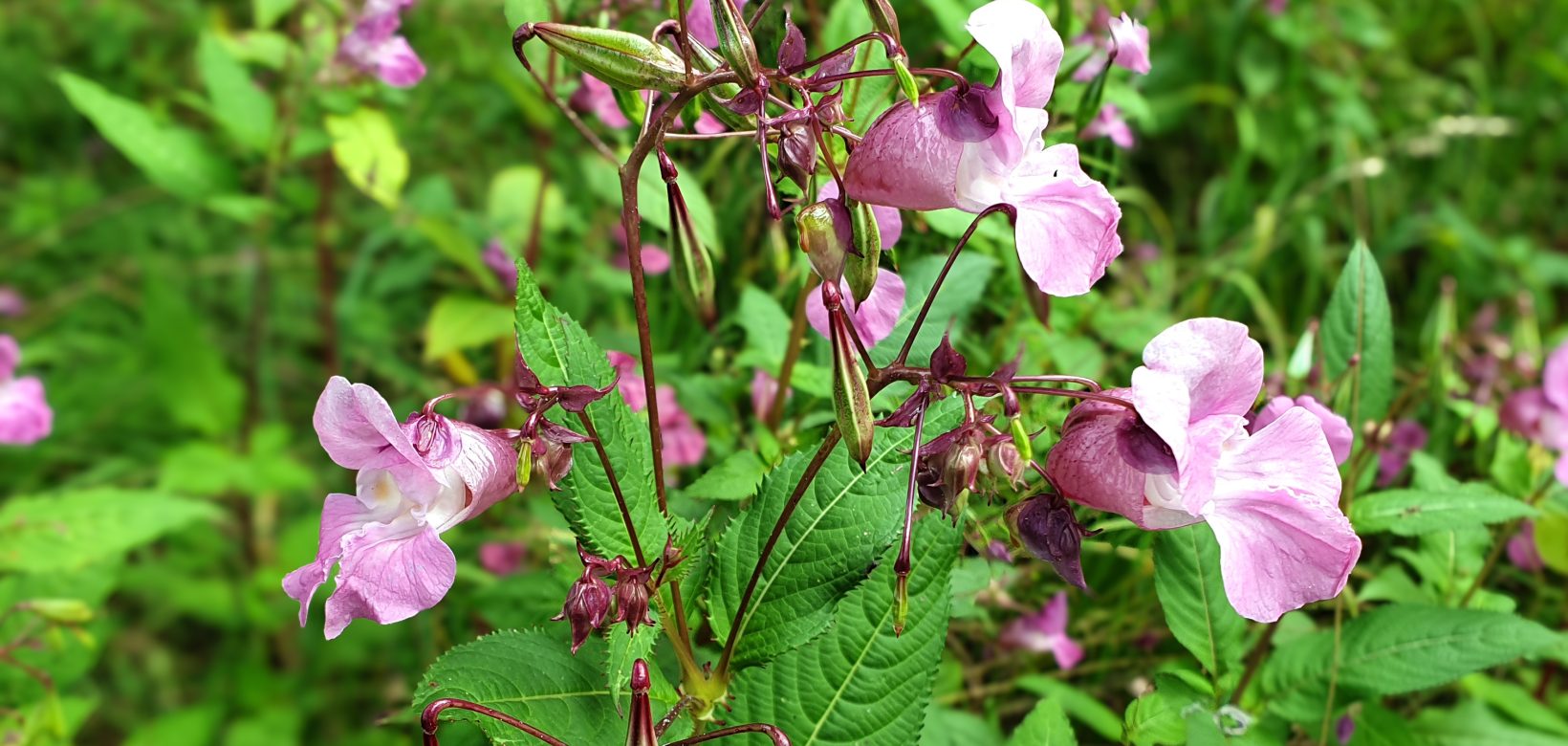Impatiens glandulifera
Himalayan balsam may look pretty, but it’s causing serious damage to our rivers and woodlands.
Originally introduced to the UK in 1839 as a garden ornamental, this invasive plant has escaped into the wild—and it’s thriving in the damp conditions along riverbanks and in shaded woodland.











